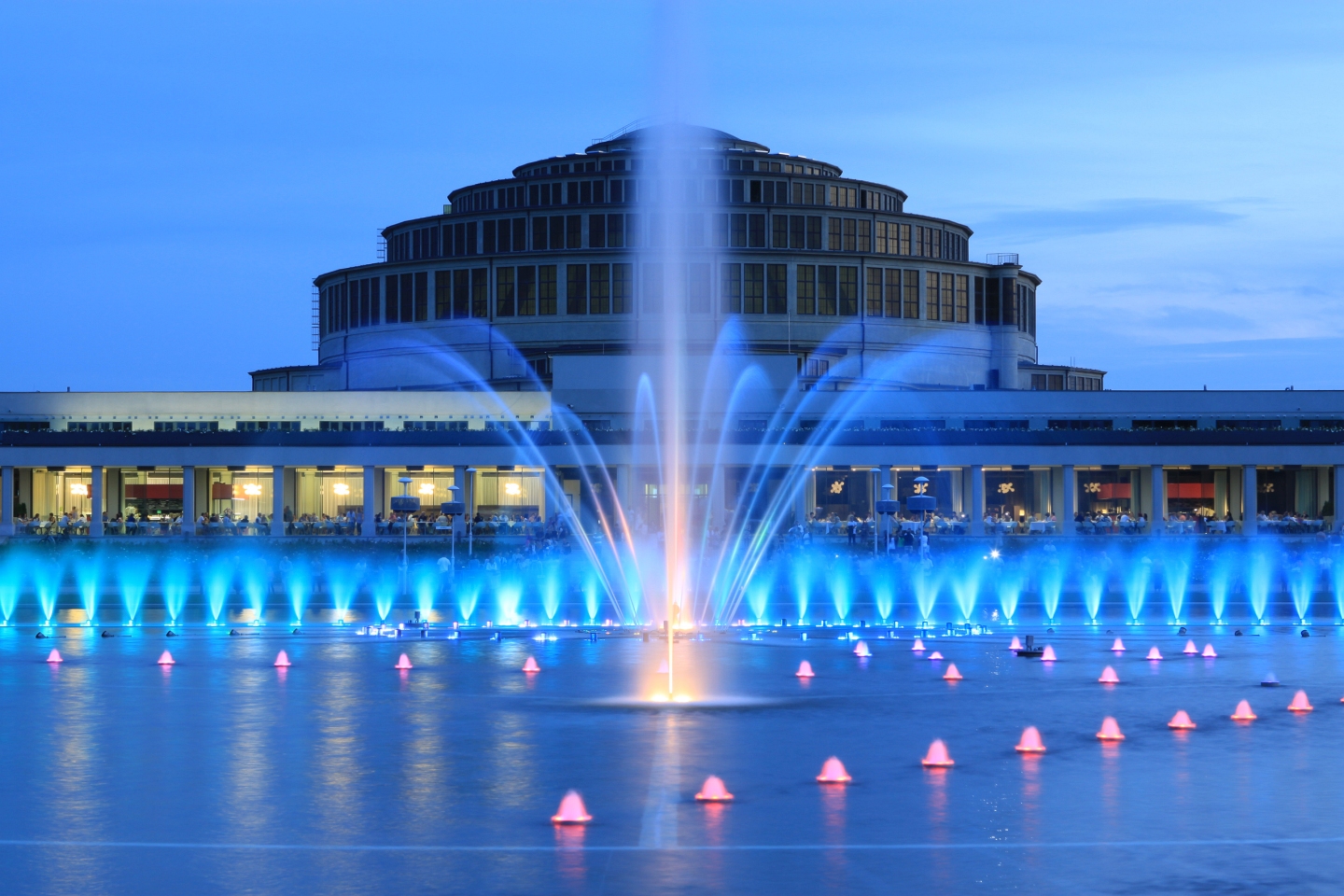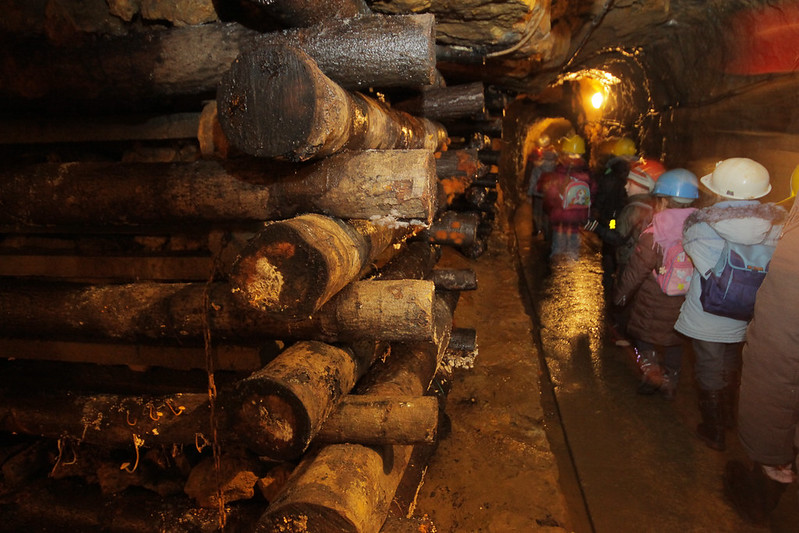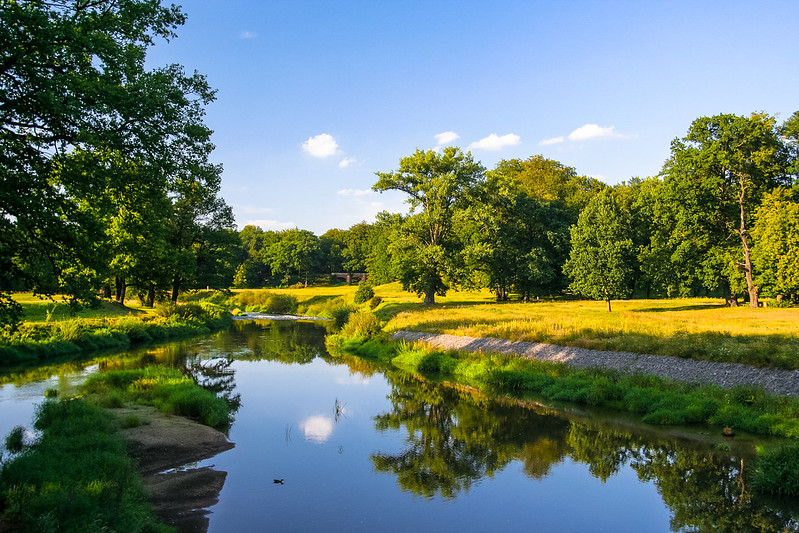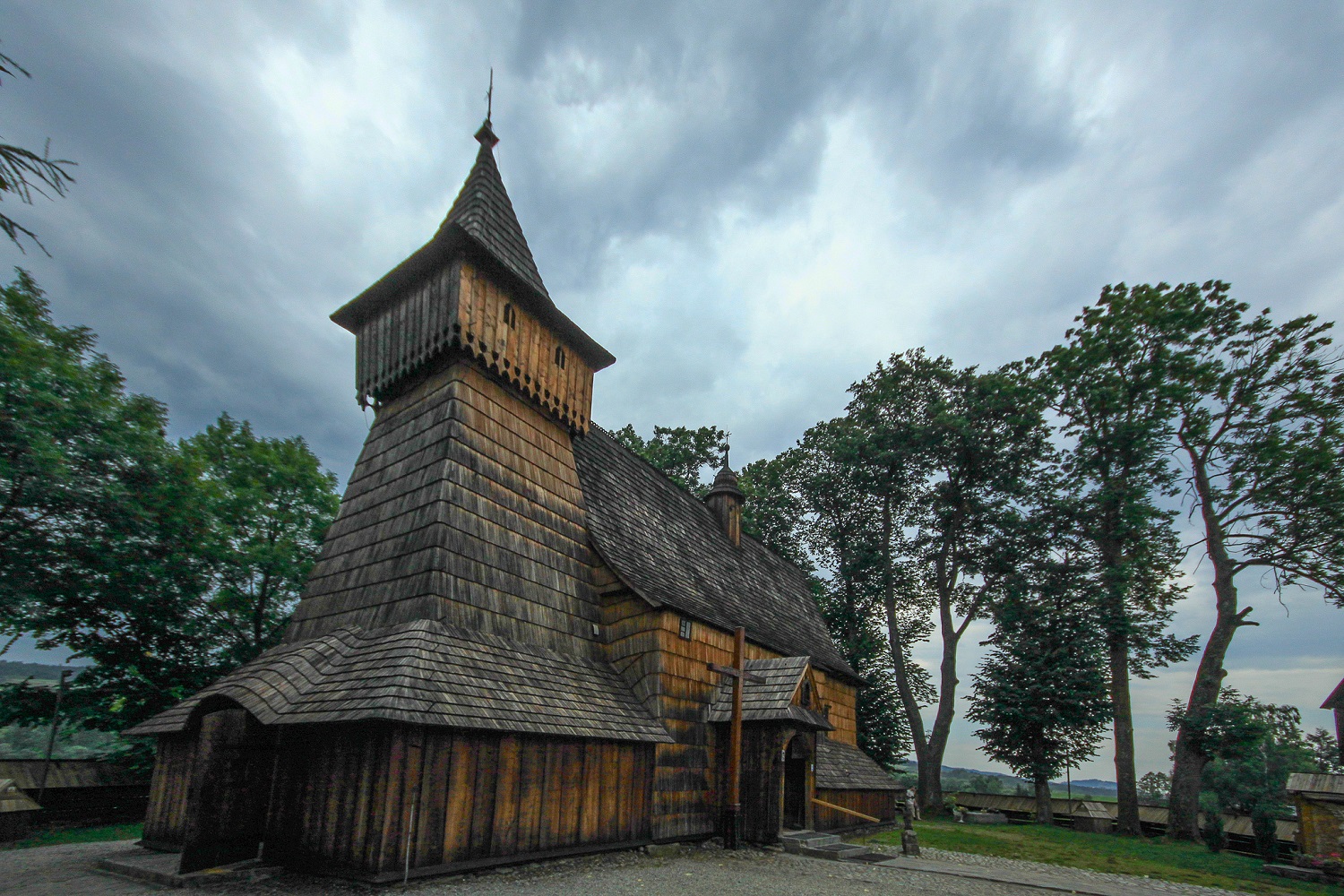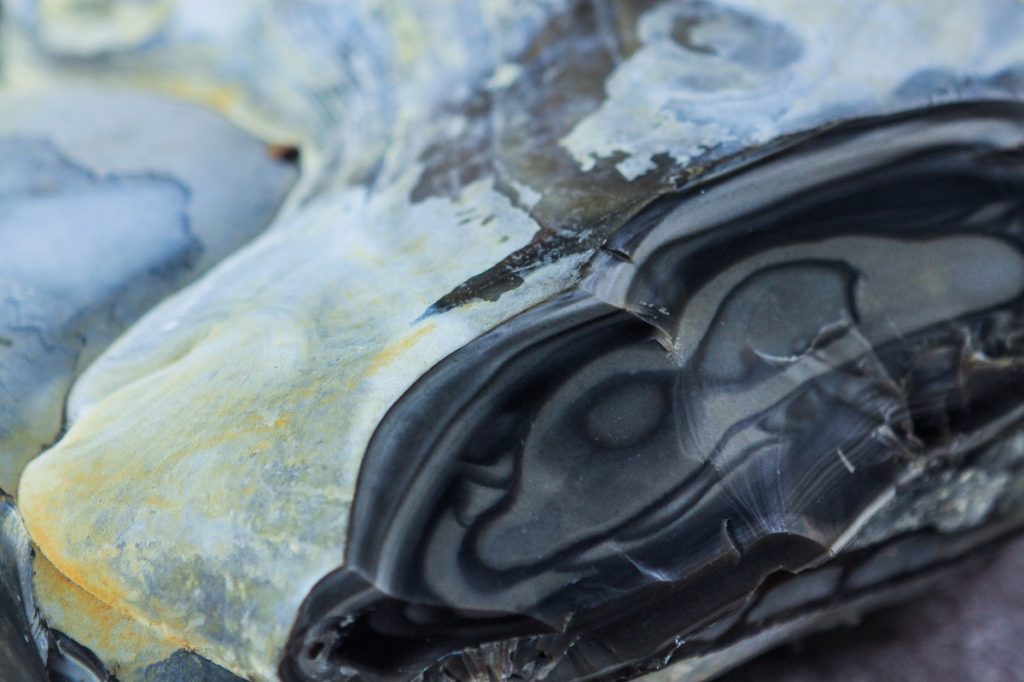A growing number of Polish cities are joining UNESCO’s Creative Cities Network created in 2004, to promote cooperation with and among cities that have identified creativity as a strategic factor for sustainable urban development.
Krakow — the City of Literature — is famous for its tradition of writing and publishing.
Katowice — the City of Music — “considered underground and subversive, with a long tradition of amateur choirs and orchestras, music in Katowice testifies of a rich diversity of genres, from classical to rock, jazz, baroque, electronic and rap. Among the 27 music festivals that liven up the city’s cultural life, three major and world-renowned events – OFF, Tauron, and Rawa (…)” — UNESCO.
Łódź — the City of Cinema — with its world-famous film school, joined the UNESCO Creative Cities Network in 2017 as the third Polish city.
In 2019, the City of Wroclaw also joined the network as a City of Literature.
Poland also has 17 inscriptions on the Memory of the World Register, reflecting an internationally significant historical documentary heritage. Among the listed documents and collections, you will find:
— 21 Demands of Gdańsk written on wood plywood, testifying to the birth of the Solidarność movement. These documents, kept in the National Museum in Gdansk, date from August 1980 and symbolize events that played a key role not only in the process of Poland’s regaining of freedom but also internationally, in the overthrow of communism throughout Central and Eastern Europe.
— The autograph version of Nicolas Copernicus’ most famous work, “De revolutionibus orbium coelestium“, kept in the Jagiellonian Library in Cracow,
— A unique collection of Fryderyk Chopin’s manuscripts, preserved at the National Library and the Fryderyk Chopin Institute.
— The underground archives of the Warsaw ghetto (Ringelblum archives), preserved at the Jewish Historical Institute.
Poland also has 16 sites inscribed on the World Heritage List. The first sites — the Old Town of Krakow and the Royal Salt Mines of Wieliczka and Bochnia — were inscribed in 1978, on the very first list, which at the time had only 12 positions! The last Polish site was added in 2019, which is the Krzemionki Prehistoric Striped Flint Mining Region.


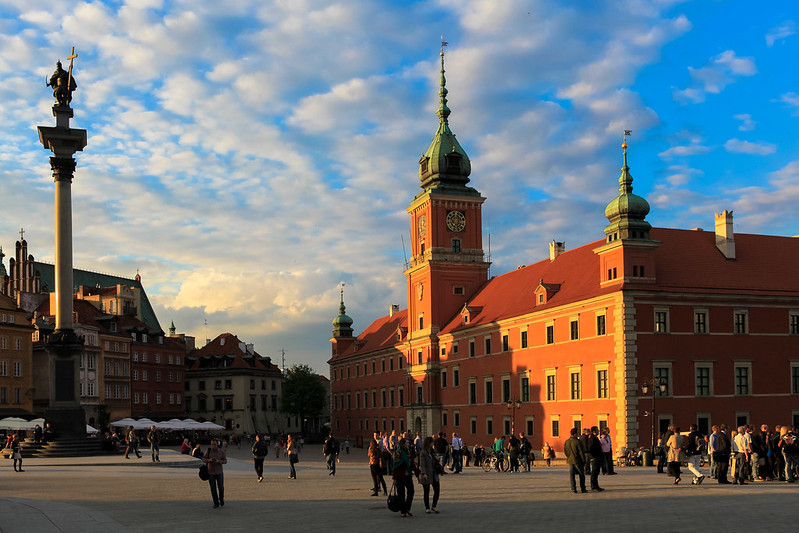
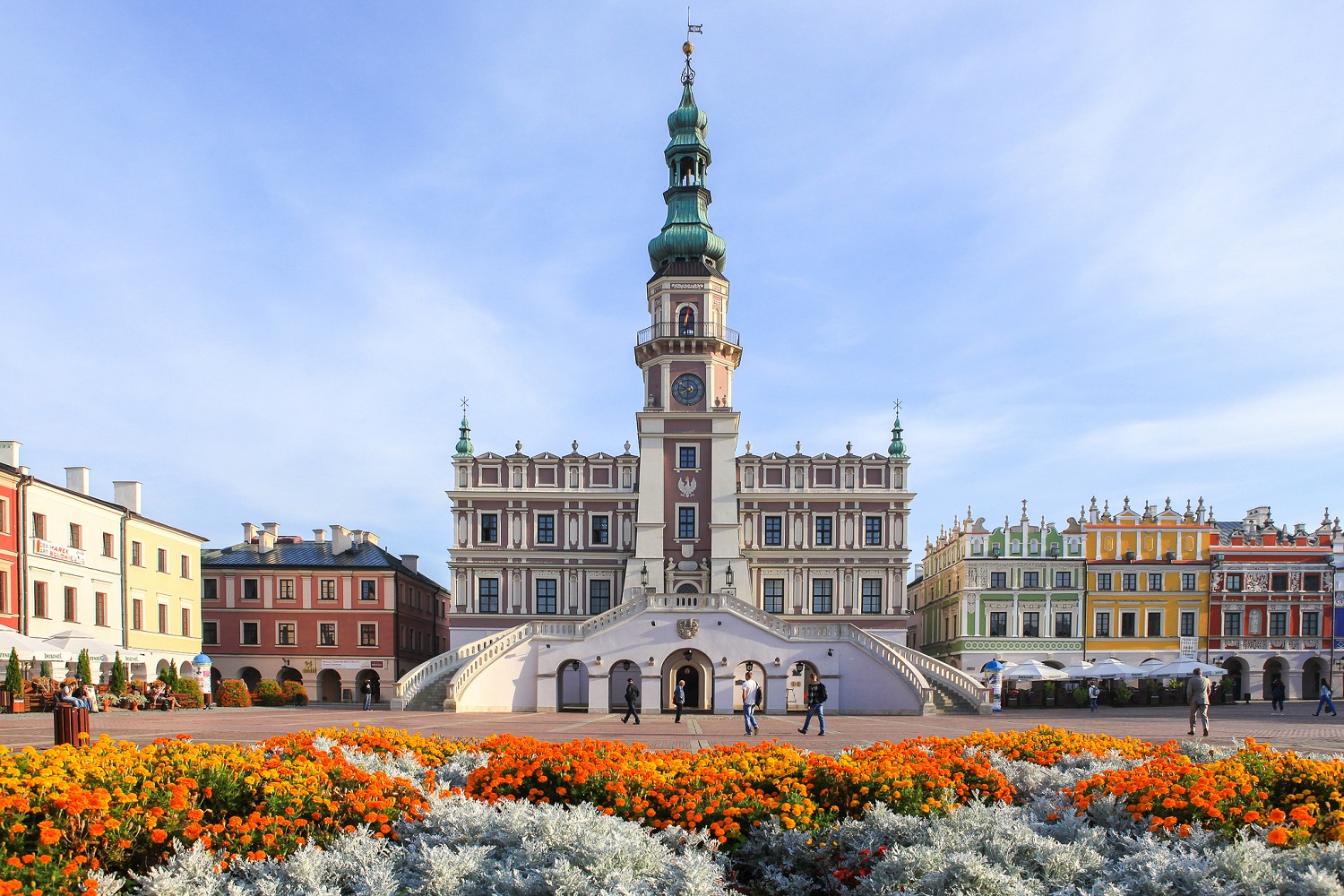


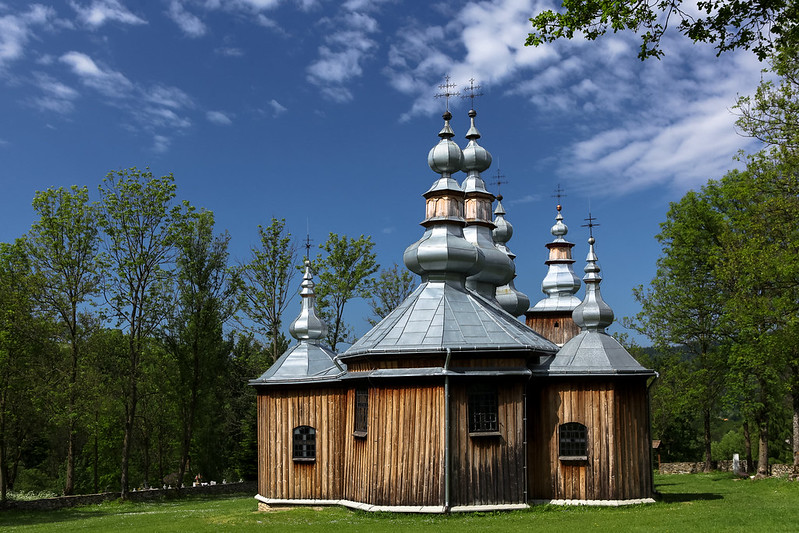

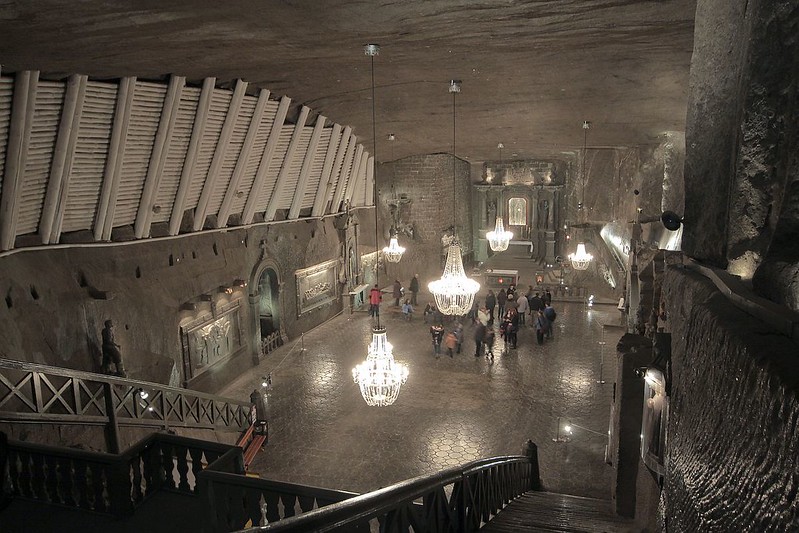
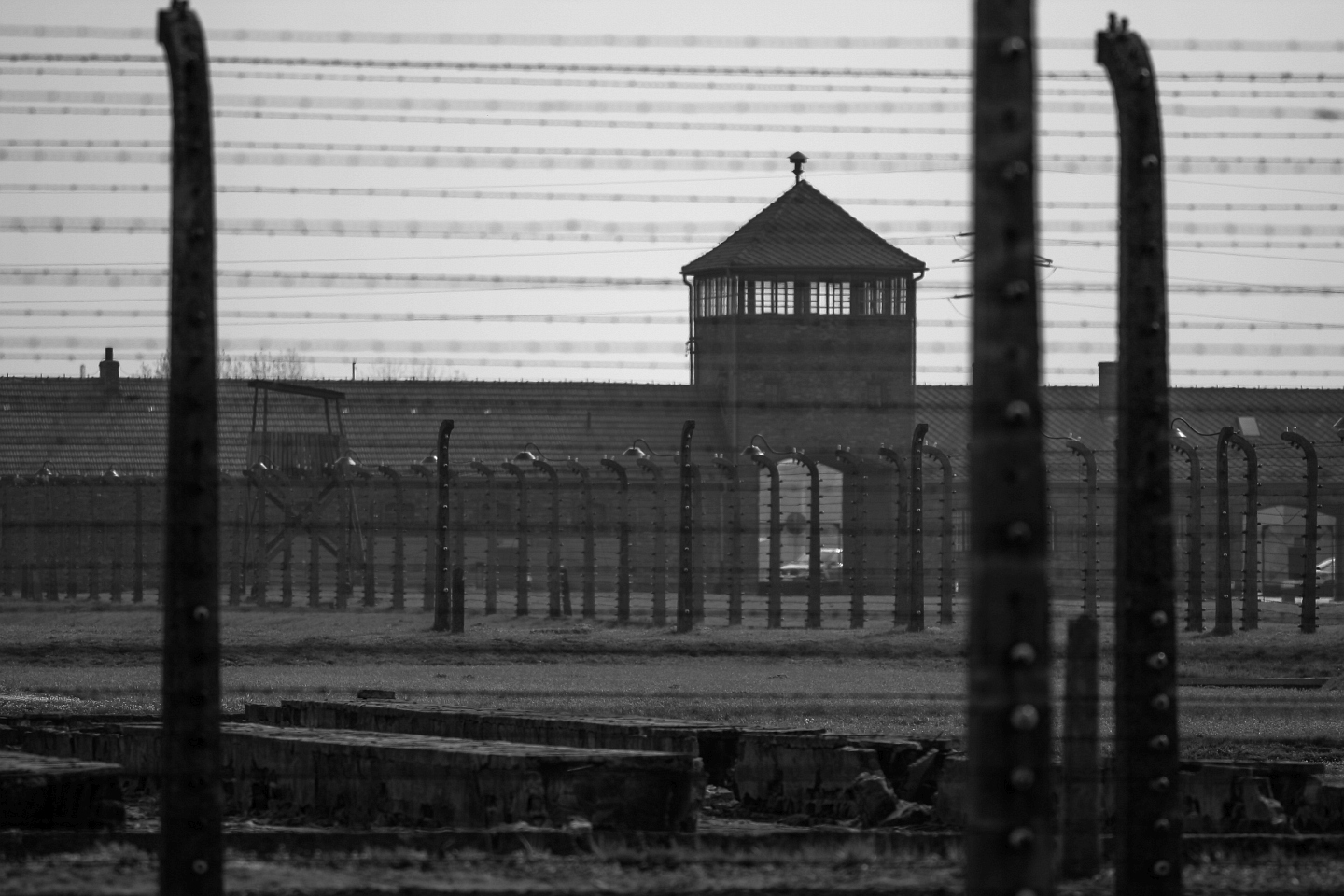
German Nazi Concentration and Extermination Camp (1940-1945)

